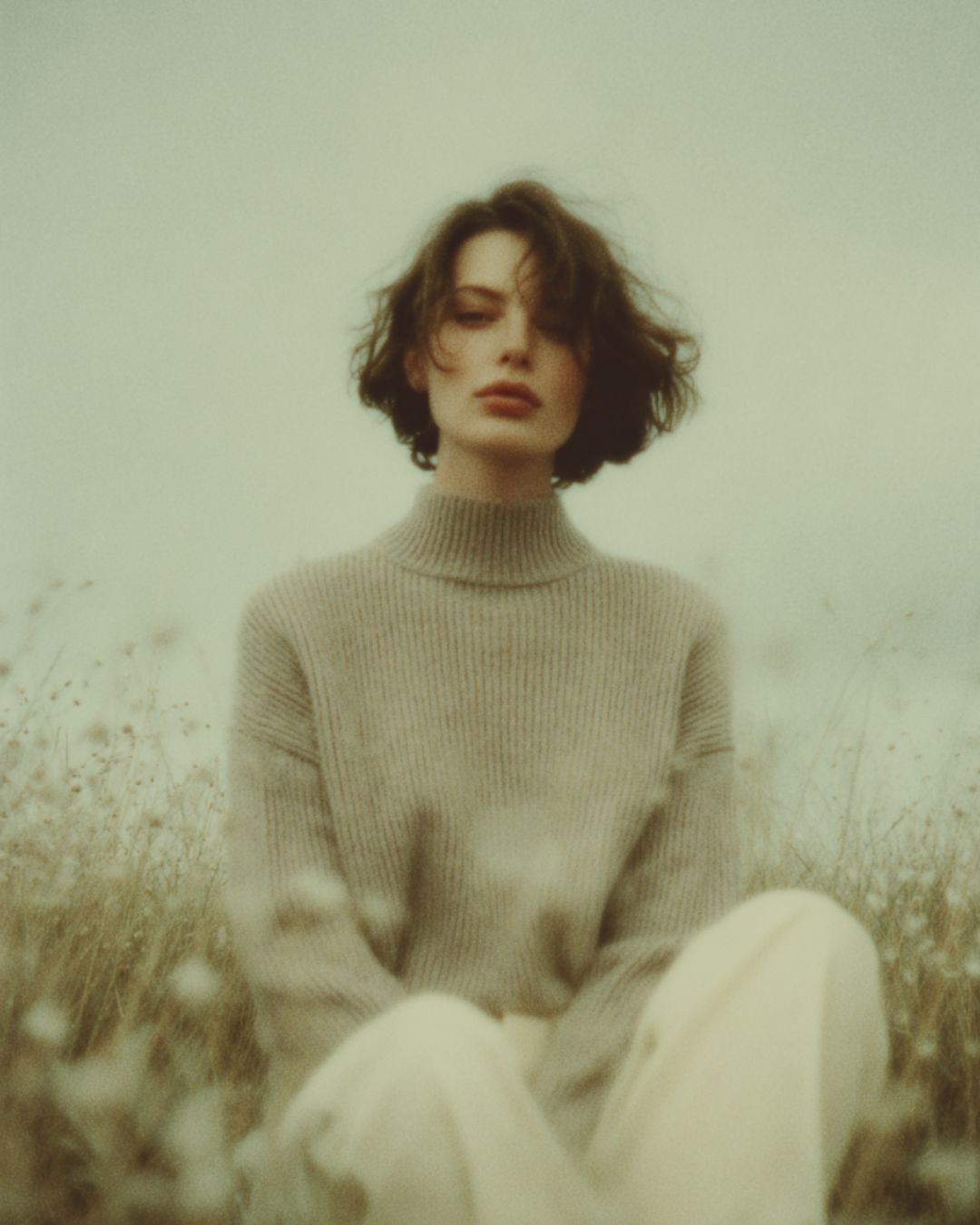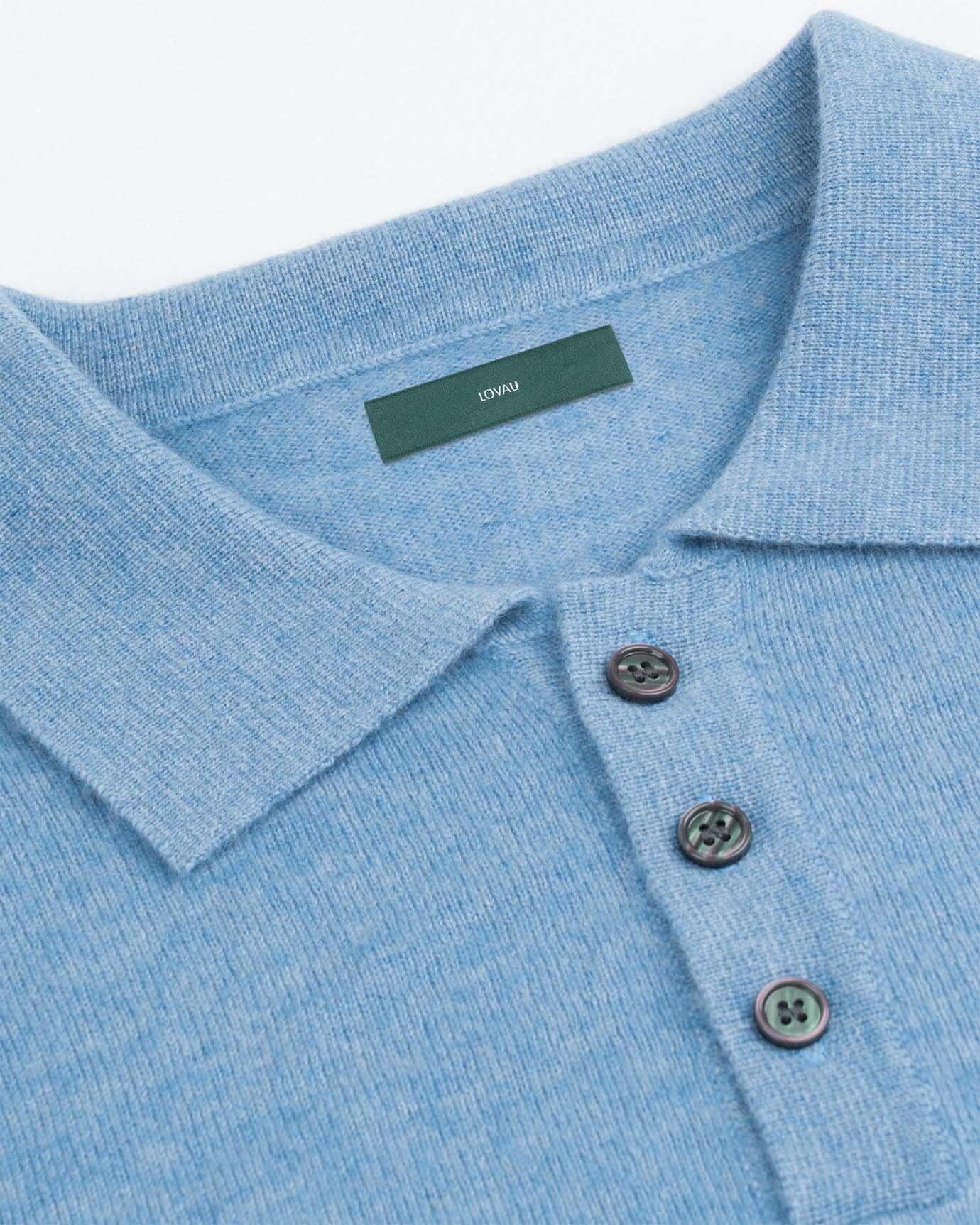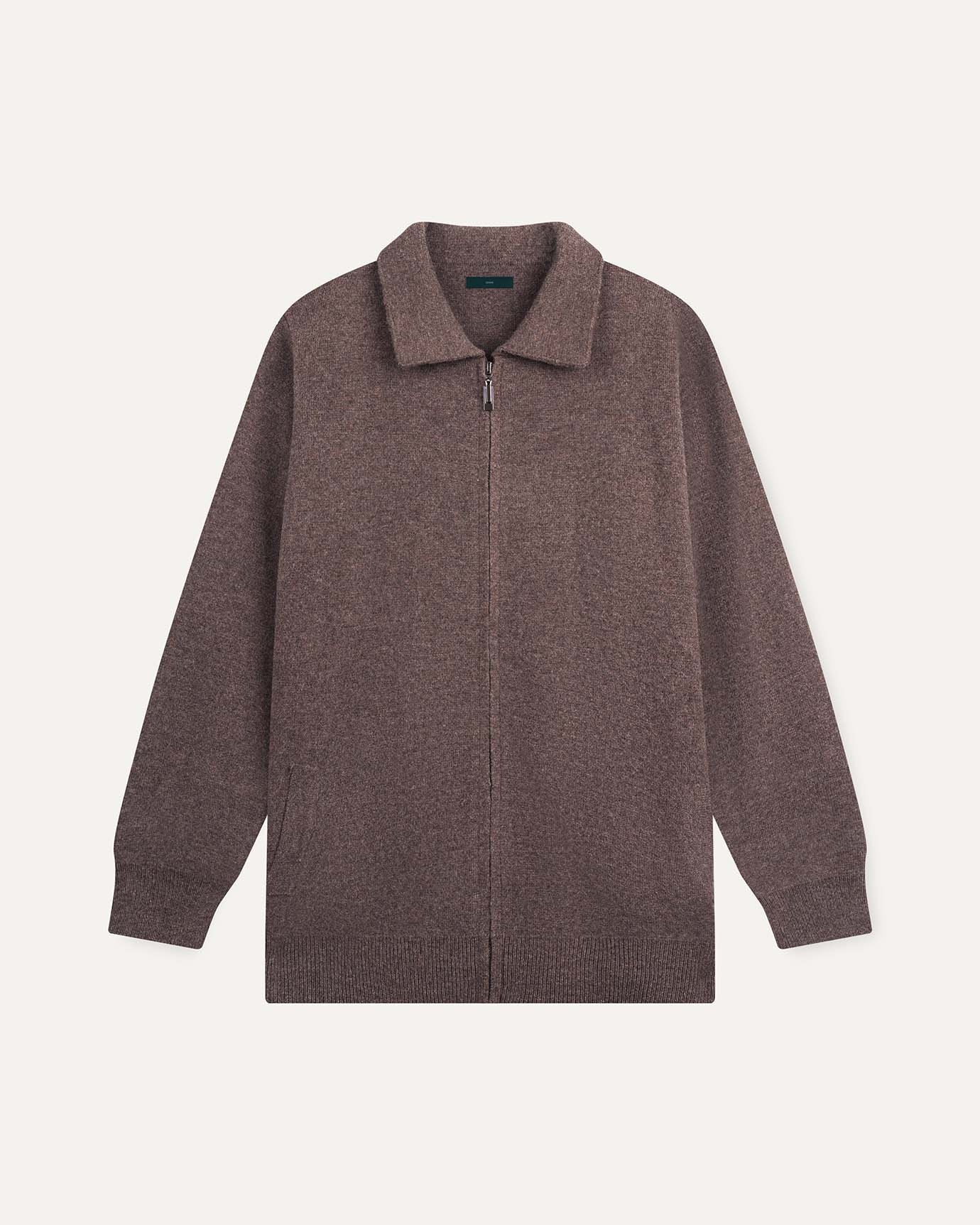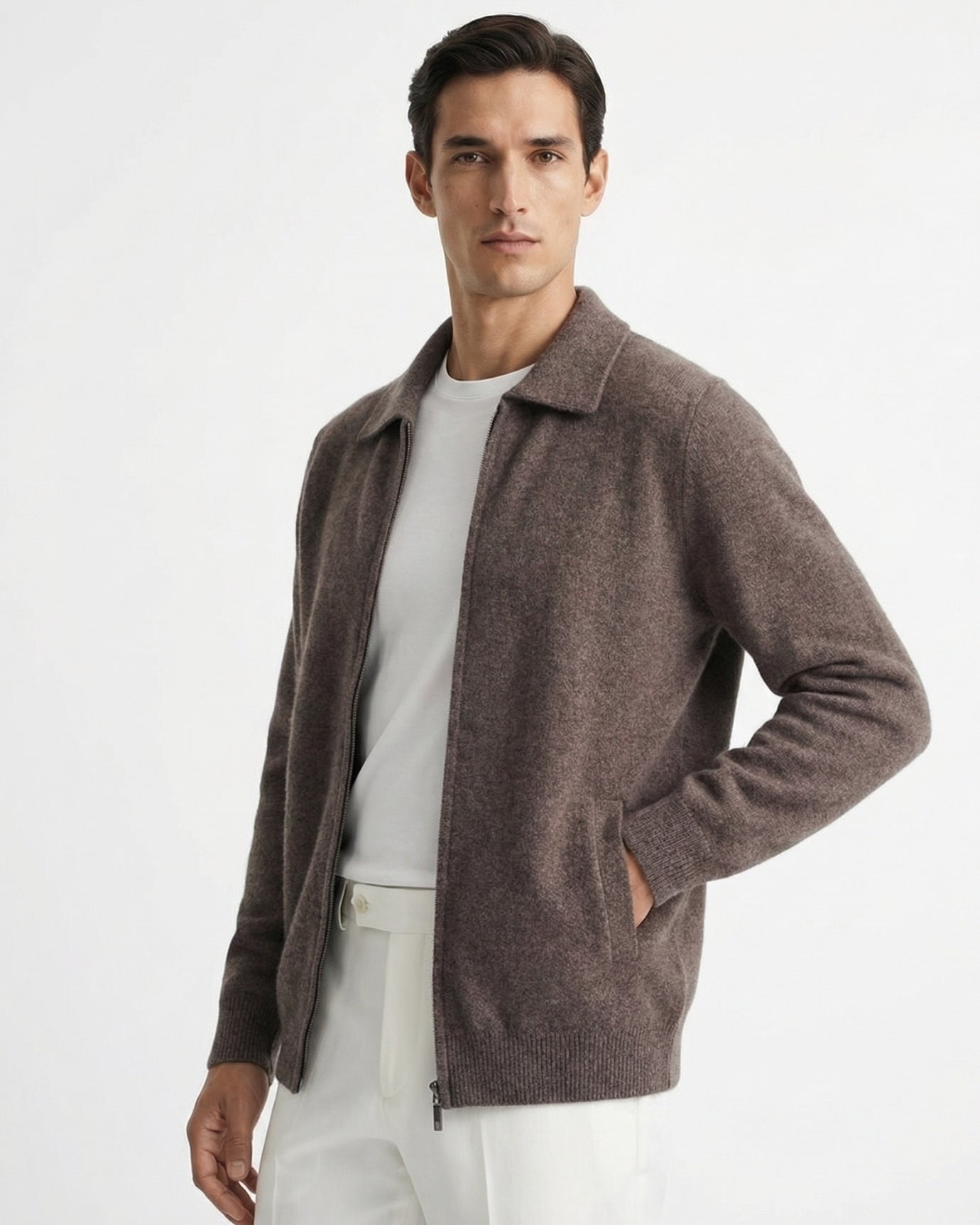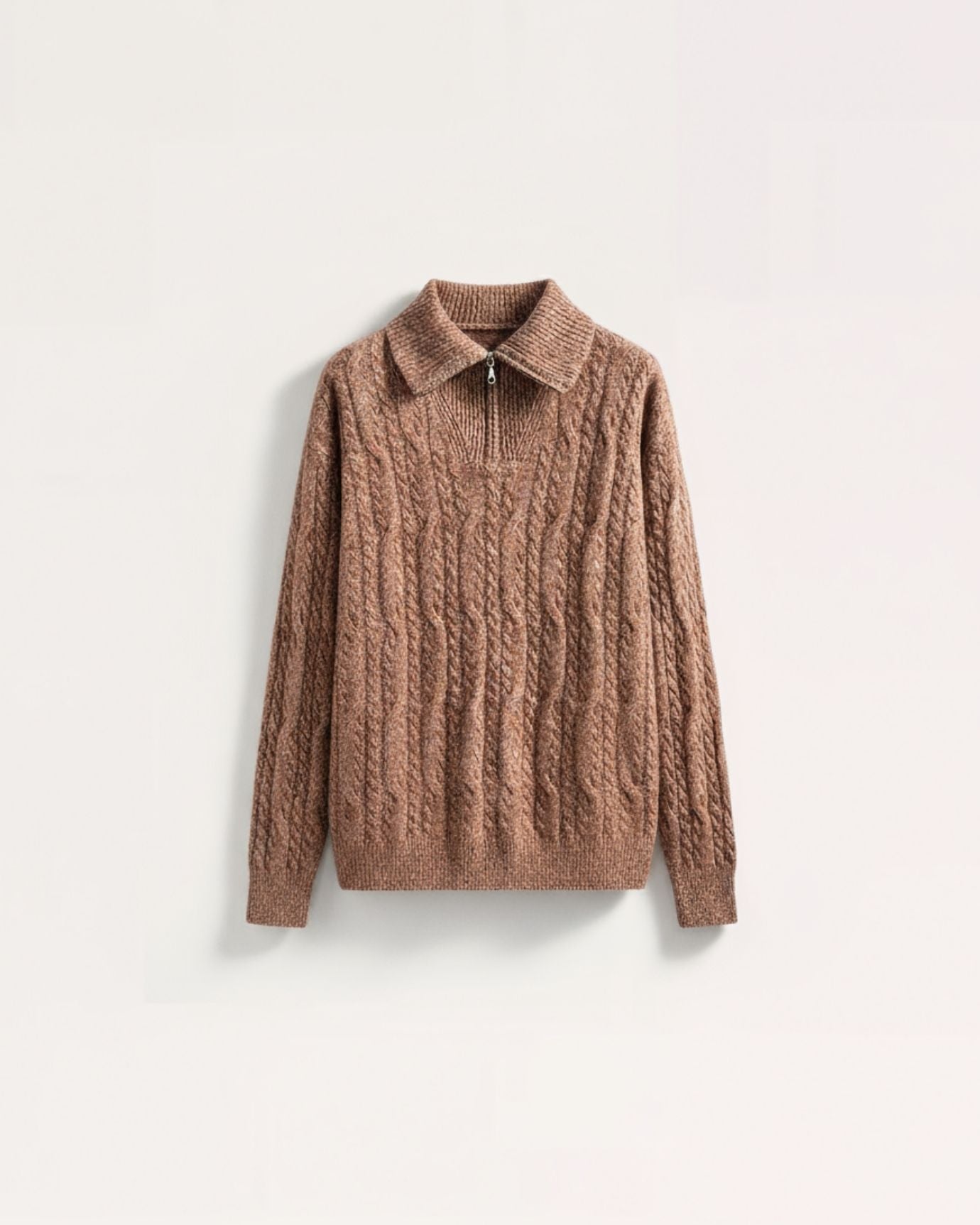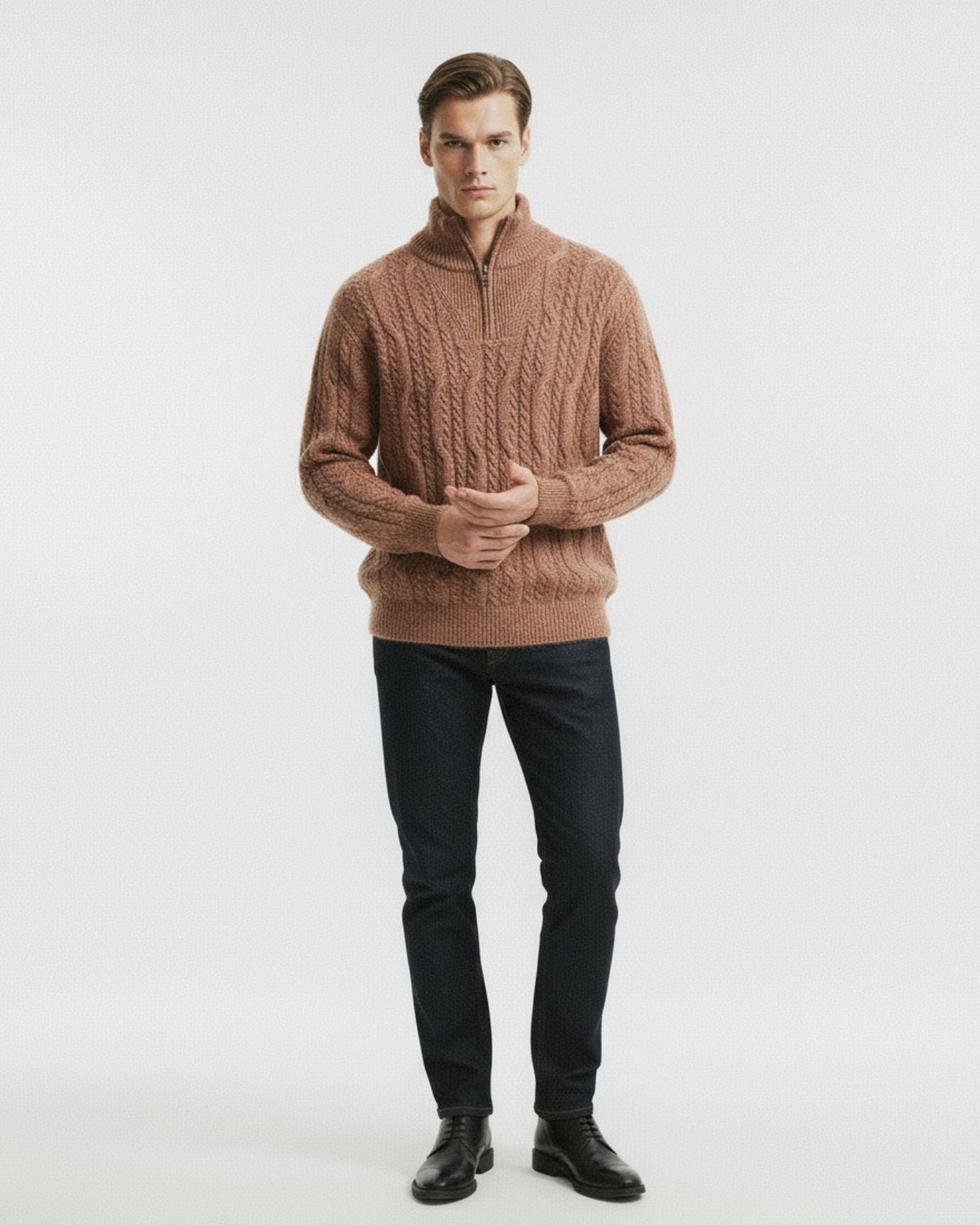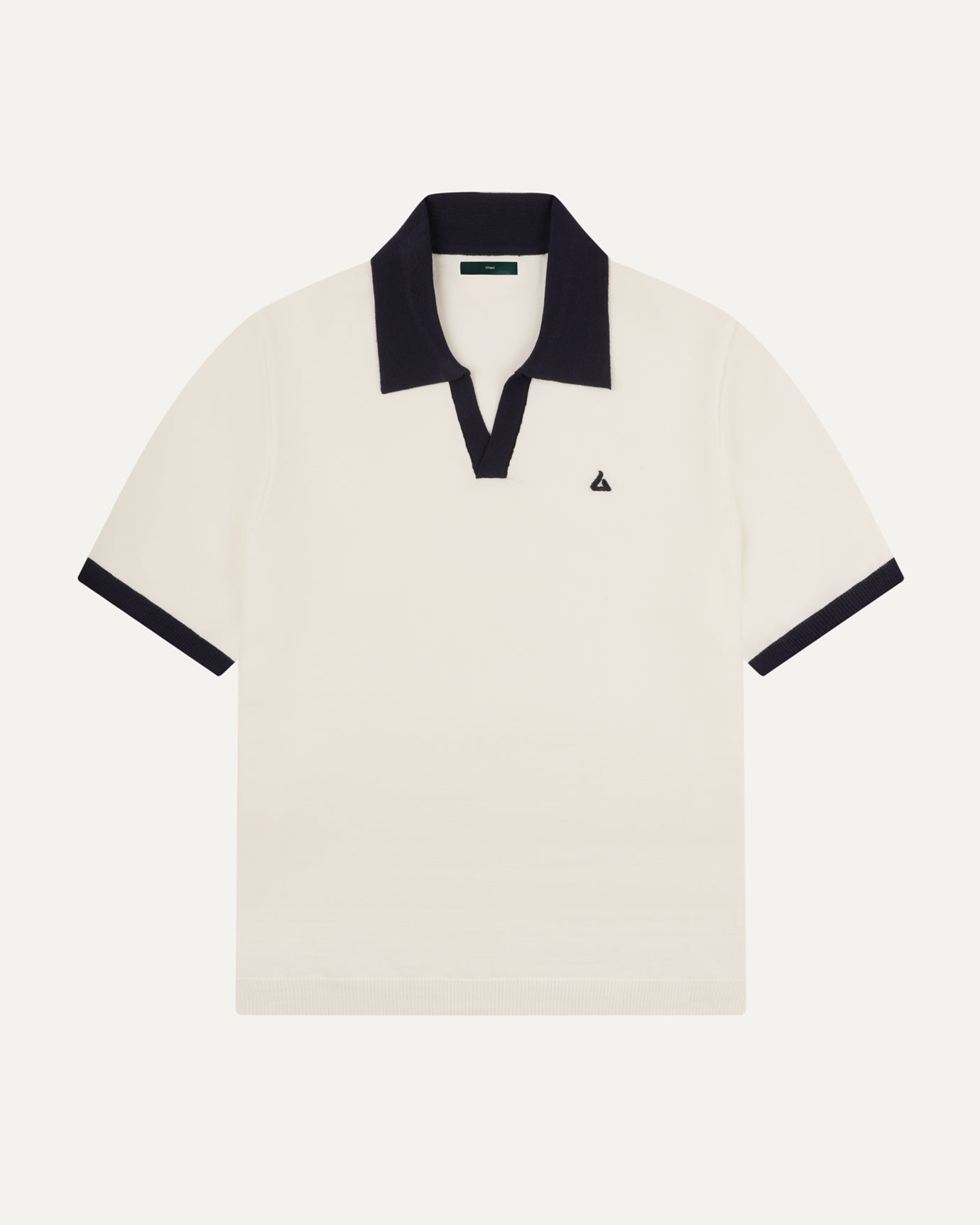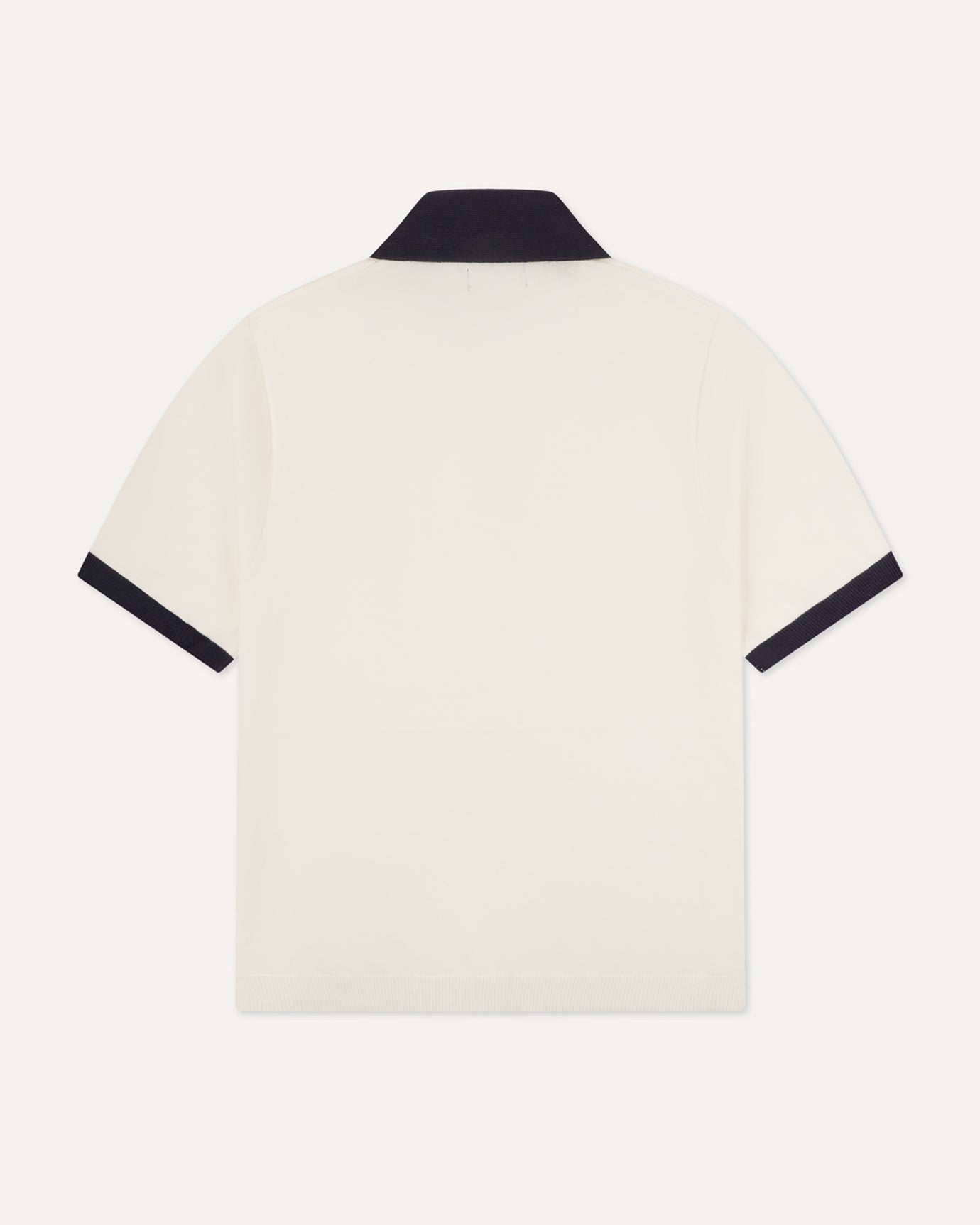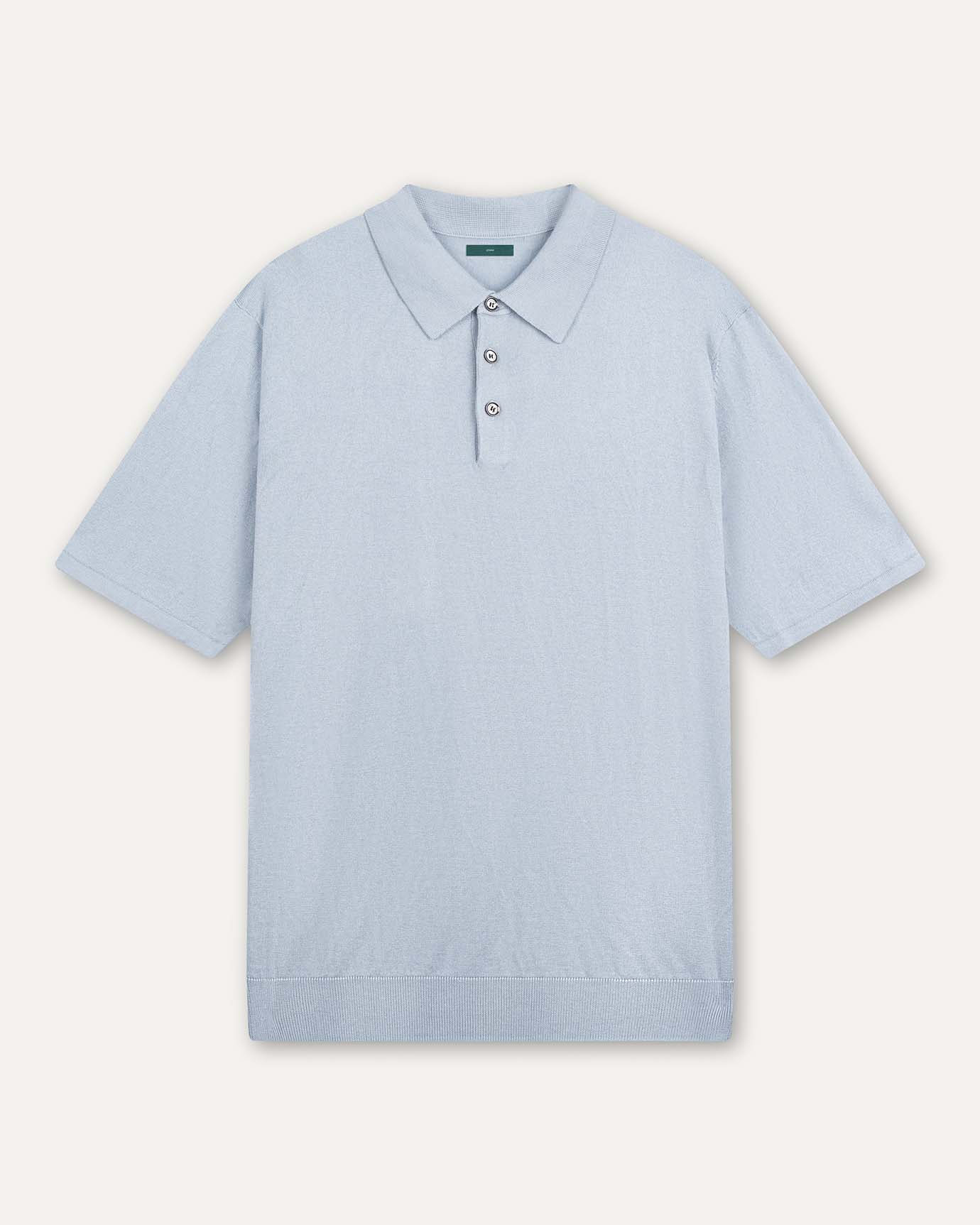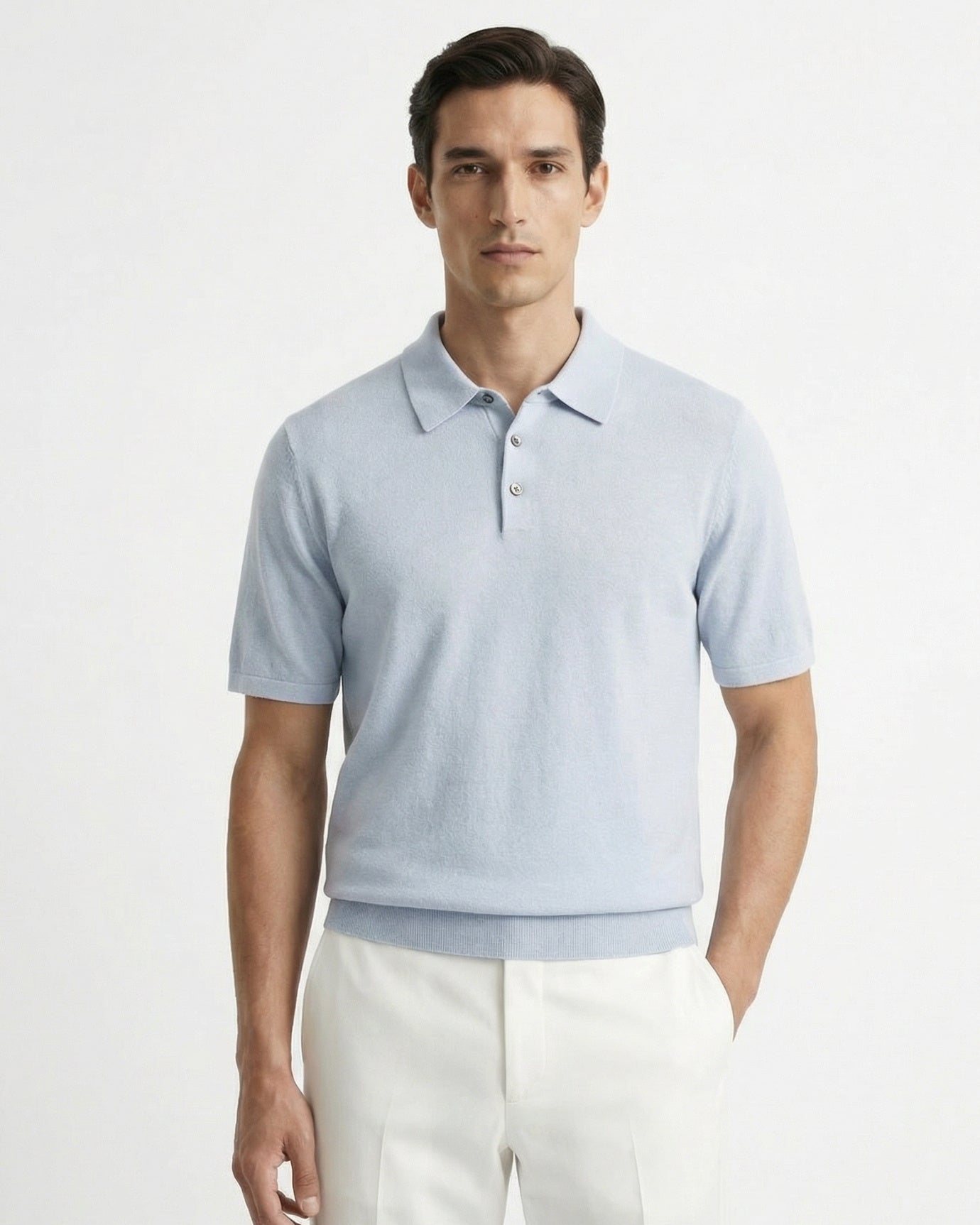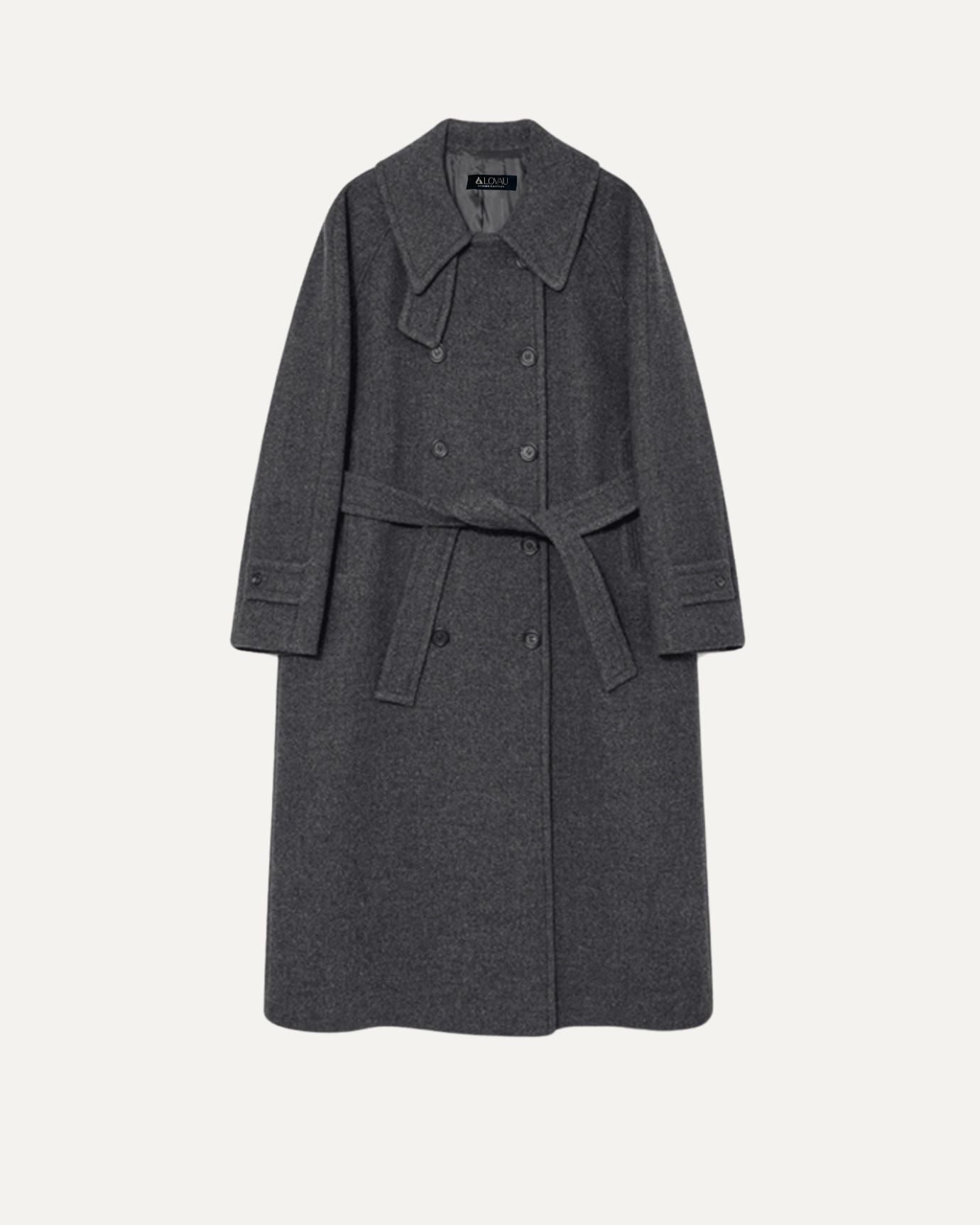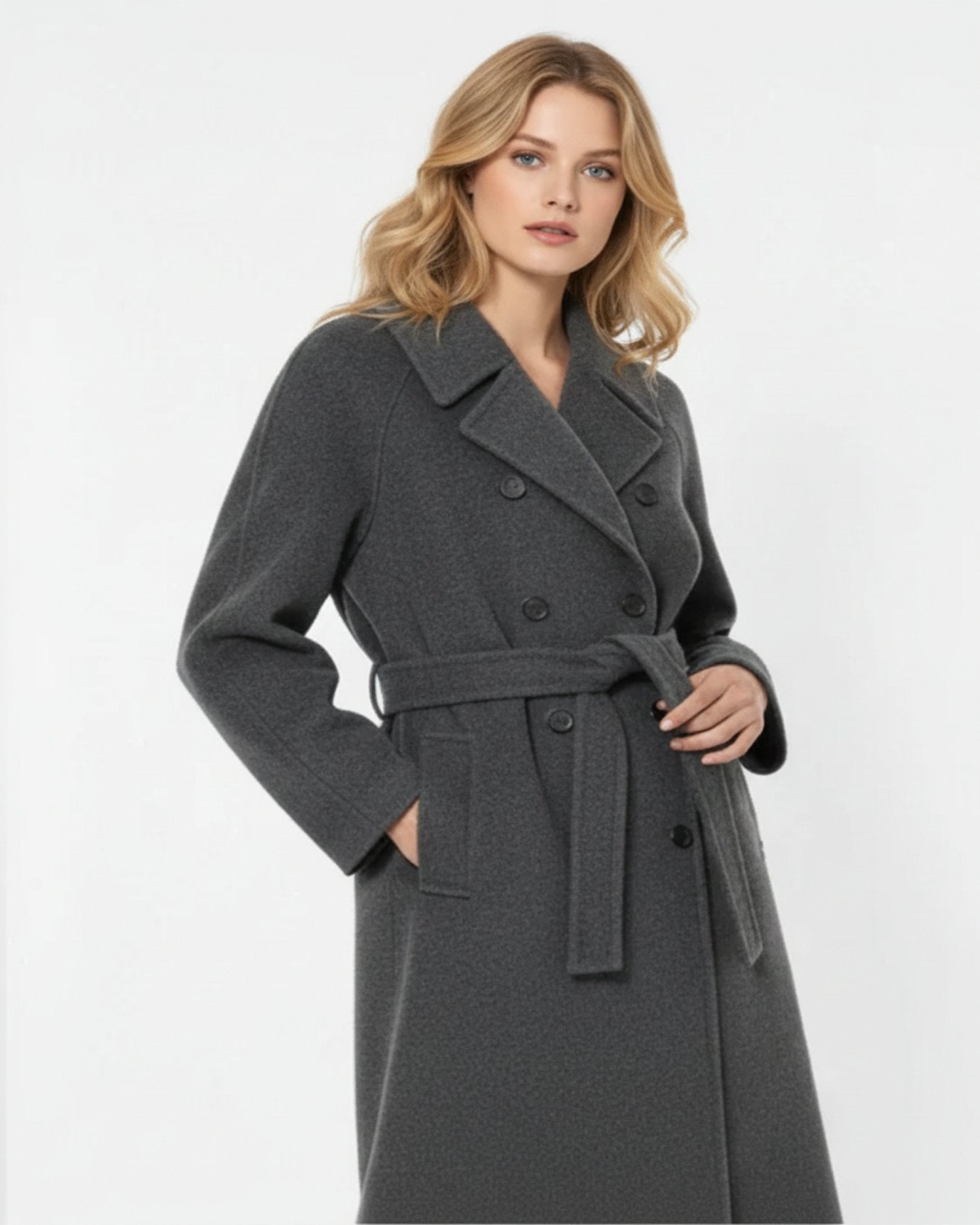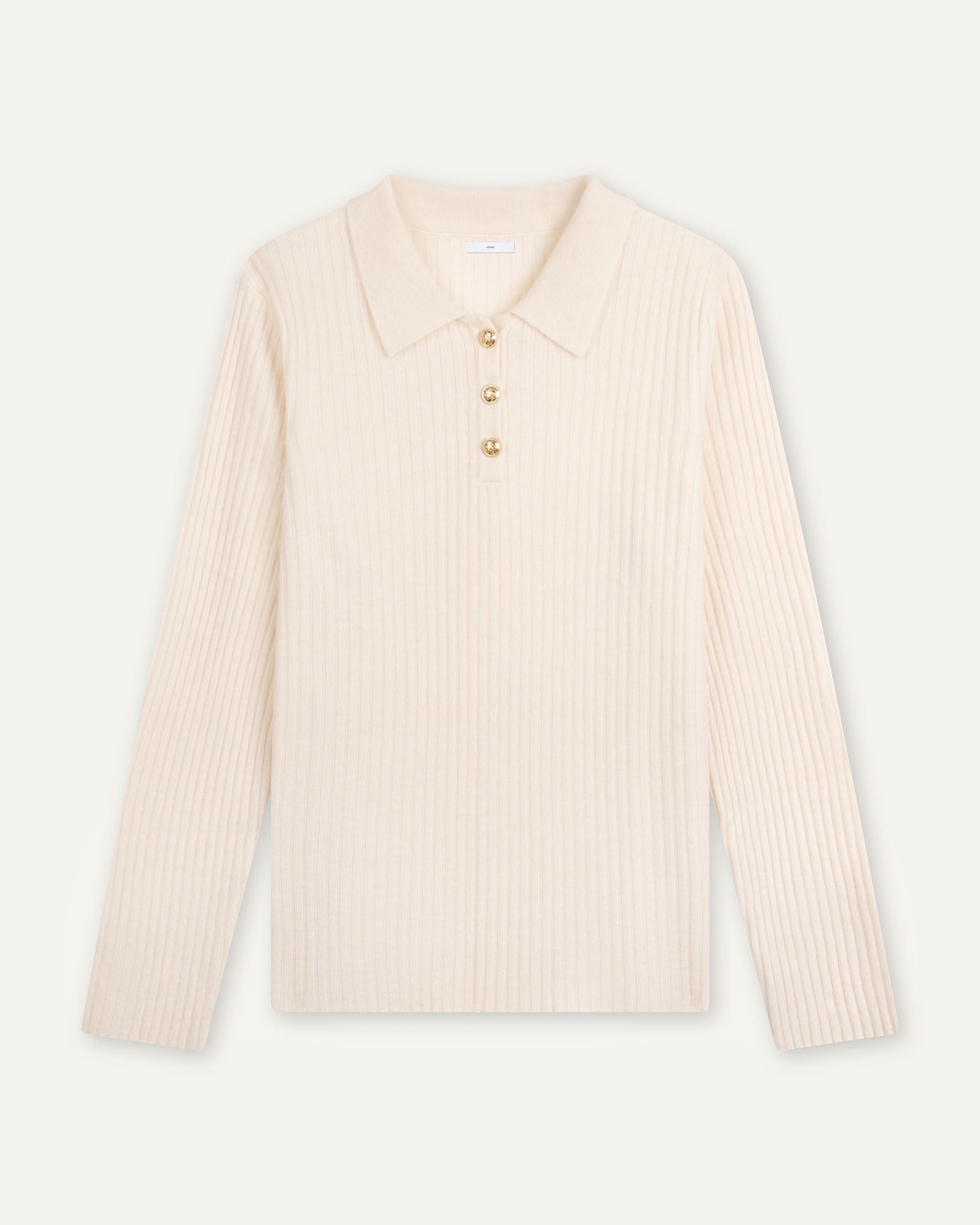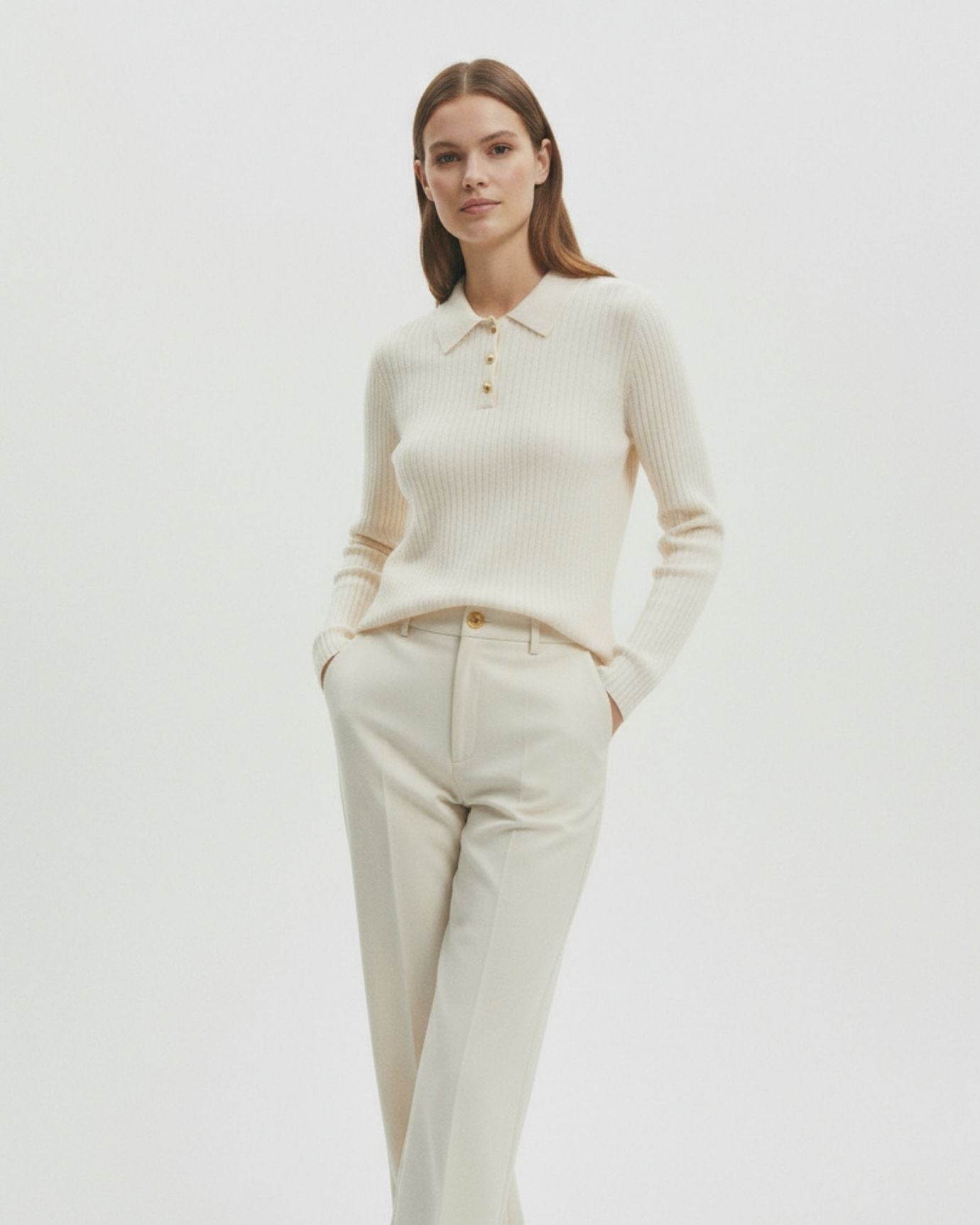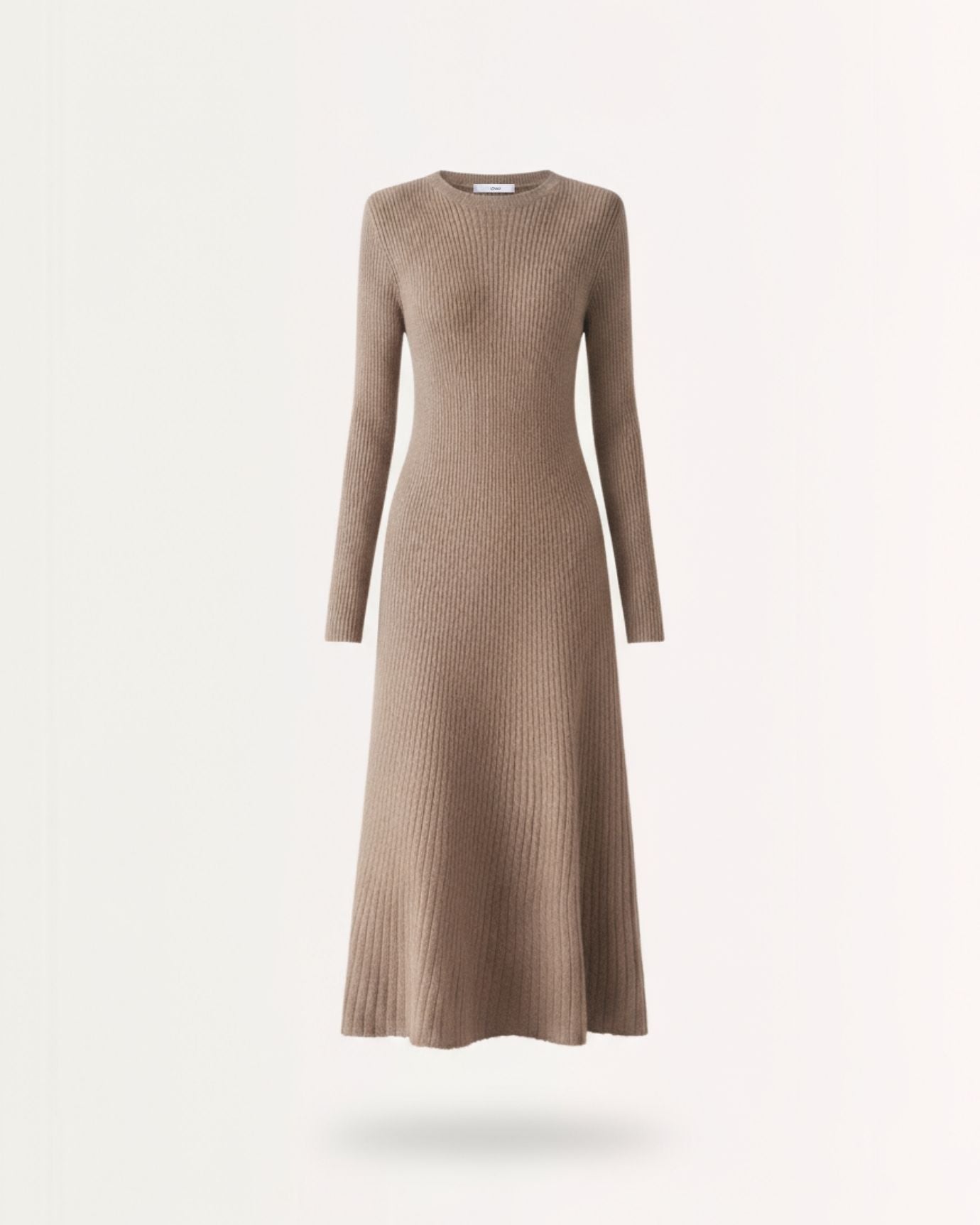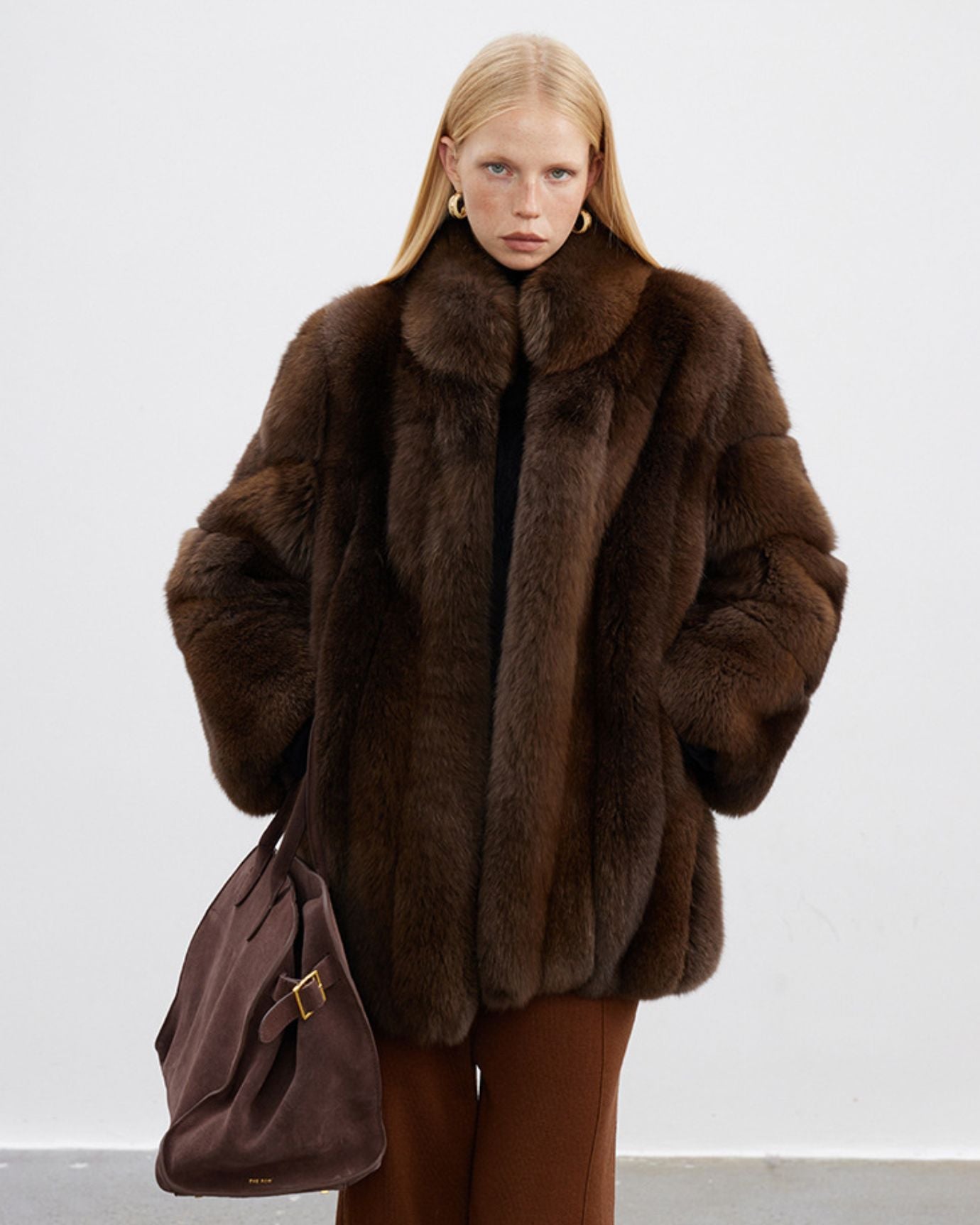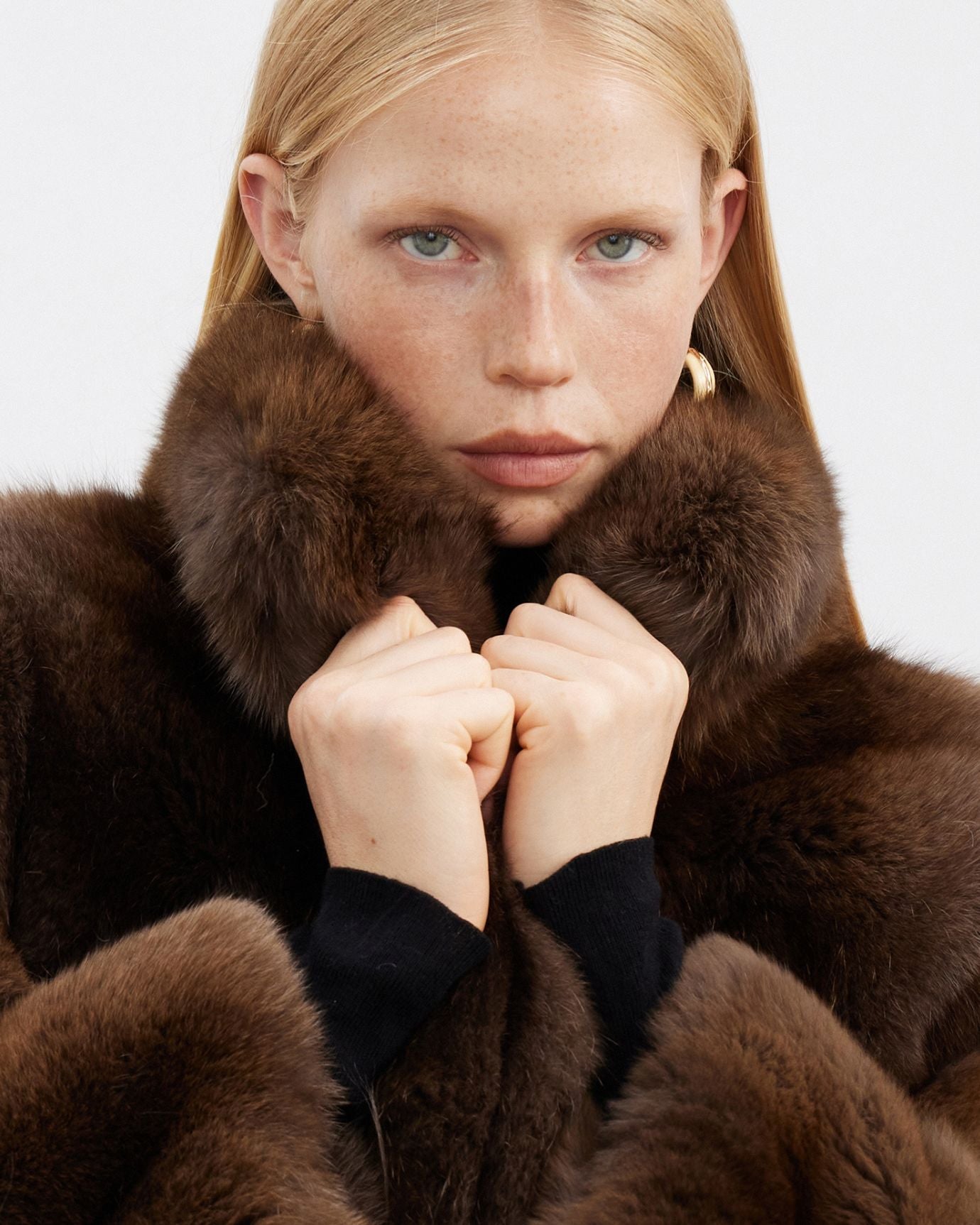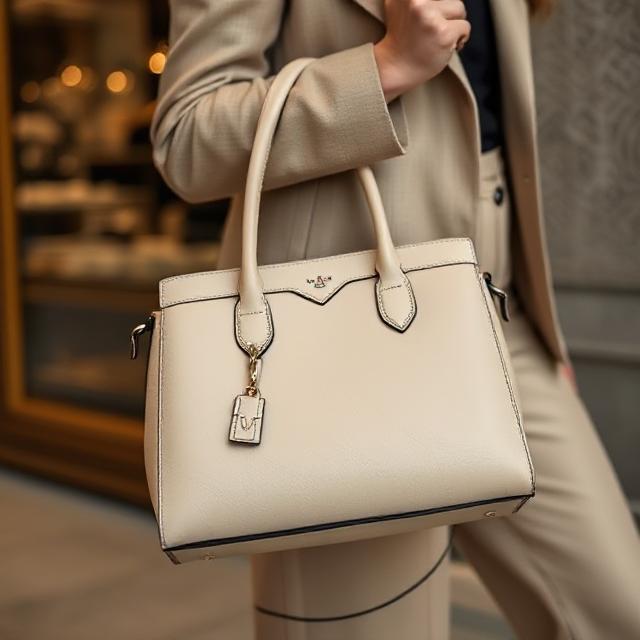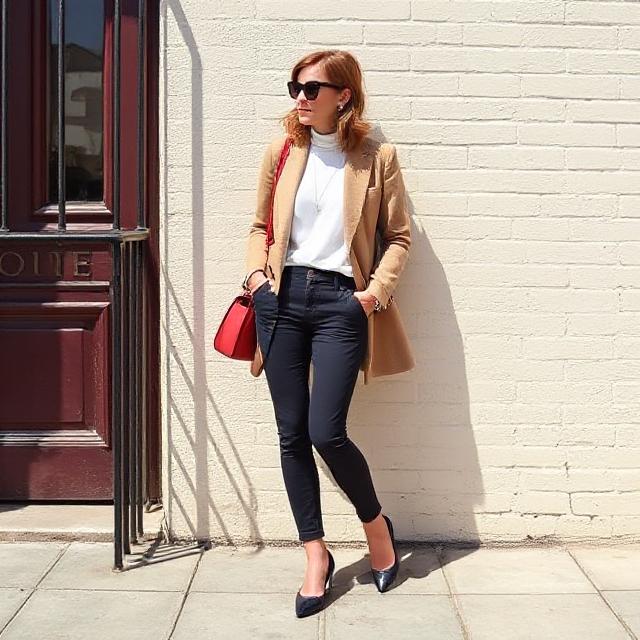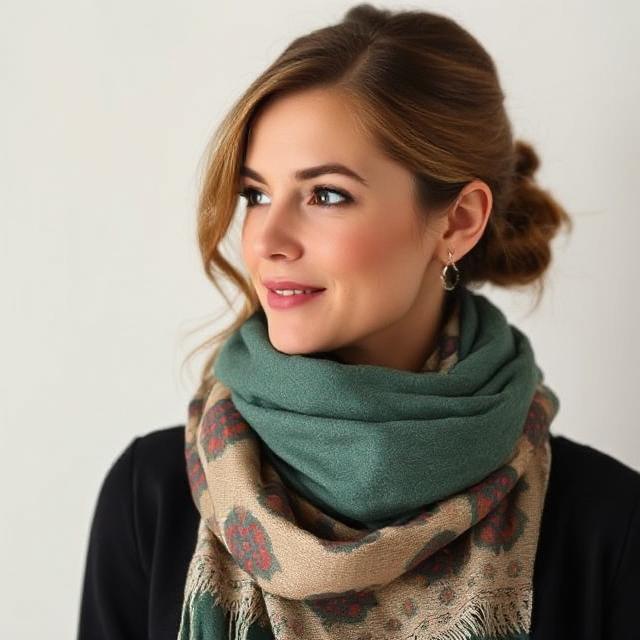
How to Choose a Scarf That Looks Inherited
A scarf may seem like a small detail, but in old money fashion, it is a silent signature of heritage. The right scarf doesn't just accessorize an outfit, it tells a story, suggests lineage, and carries the charm of something that has passed through generations. In elite wardrobes, a scarf that looks inherited adds depth, warmth, and authenticity to even the most minimalist ensemble.
But how do you choose a scarf that whispers legacy rather than fast fashion? In this guide, we uncover the details, textures, and styling rules that make a modern scarf feel like an heirloom.
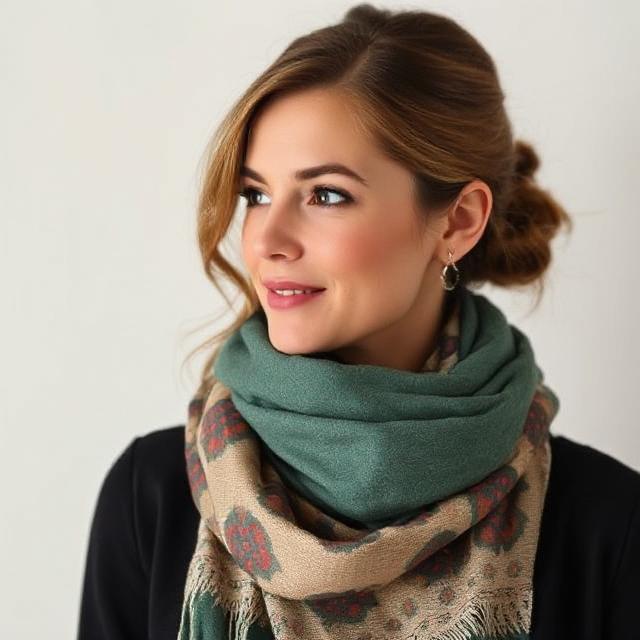
Prioritize Natural Fabrics
Inherited scarves are almost never made of synthetics. Old money families pass down scarves made from natural fabrics like silk, cashmere, wool, or linen. These materials age beautifully, developing softness and texture over time. Choose scarves that feel timeless to the touch and luxurious in weight.
Look for Traditional Patterns
The most heirloom-worthy scarves feature patterns rooted in history. Think paisley, equestrian motifs, tartan, houndstooth, or florals reminiscent of the 1930s. Avoid modern prints or loud branding. Subtle, historic motifs signal old-world charm and longevity.
Embrace Muted or Rich Tones
Inherited scarves rarely come in neon or trendy seasonal hues. Instead, opt for earthy greens, navy, camel, burgundy, ivory, or soft gold. These shades suggest age and class, blending effortlessly into the rest of your wardrobe while enhancing its richness.
Focus on Craftsmanship Over Branding
Old money style values subtlety over status. Instead of loud logos, look for signs of true craftsmanship like hand-rolled edges, double stitching, and finely woven prints. The absence of a name makes a scarf feel discovered, not bought.
Search for Vintage or Artisan Sources
To find scarves that appear inherited, avoid mass retailers. Visit antique stores, estate sales, or shops that specialize in vintage accessories. Alternatively, support artisan brands that produce limited-run silk or cashmere scarves using traditional methods.
Opt for Slight Imperfection
A scarf that looks too crisp can feel artificial. Look for ones with a slight patina or softness that suggests wear. Frayed corners, a faded label, or softened print can create that romantic, timeworn effect that feels effortlessly authentic.
Go Oversized for Drama
Old money styling often uses oversized scarves draped over shoulders, tucked into jackets, or worn as shawls. Larger scarves not only offer more styling versatility but also mimic the generous sizing found in vintage luxury pieces.
Consider the Story Behind the Piece
Every inherited item tells a story. Choose a scarf with a background, whether it's handmade in a historic textile region, inspired by antique artwork, or passed through artisan hands. The more narrative your scarf holds, the more convincingly it feels inherited.
Style with Understated Elegance
How you wear a scarf matters. An inherited-looking scarf isn’t worn as a trend, it’s styled with ease. Try loosely knotting it around your neck, tucking it under a coat collar, or tying it to the handle of a structured leather bag. These subtle styling cues convey heritage.
Pair with Timeless Clothing
To reinforce the inherited illusion, pair your scarf with classic garments. Think wool coats, button-up blouses, or cashmere sweaters. The contrast between trendless fashion and a scarf that looks aged creates the old money effect.
Avoid Fast Fashion Finishes
Glossy polyester, stiff materials, or overly bright edges are telltale signs of a mass-produced scarf. Elite fashion circles prefer pieces that show restraint, quality, and tactile depth. A scarf should feel like it belongs in a family portrait, not a mall window.
Choose Limited or Niche Designers
Scarves from niche European houses or heritage brands often have the most enduring appeal. Look for designers who specialize in silk printing, equestrian heritage, or Paris

ian tailoring. These small details instantly suggest a scarf with provenance.
Trust Neutrality and Longevity
A scarf that looks inherited should be one you’ll still want to wear in ten years. Neutral patterns, subtle borders, and medium lengths are more enduring than dramatic seasonal shapes. Longevity is a sign of true luxury.
Consider Custom Embroidery
To make your scarf even more unique, consider adding a discreet monogram or embroidered date. This mimics the personalization found in true heirlooms and gives your piece the illusion of lineage, even if you bought it last week.
Care for It Like a Heirloom
Once you find the perfect scarf, treat it like an heirloom. Store it in silk paper, avoid harsh chemicals, and hand-wash only if needed. The way you care for it should match the elegance you want it to project.


